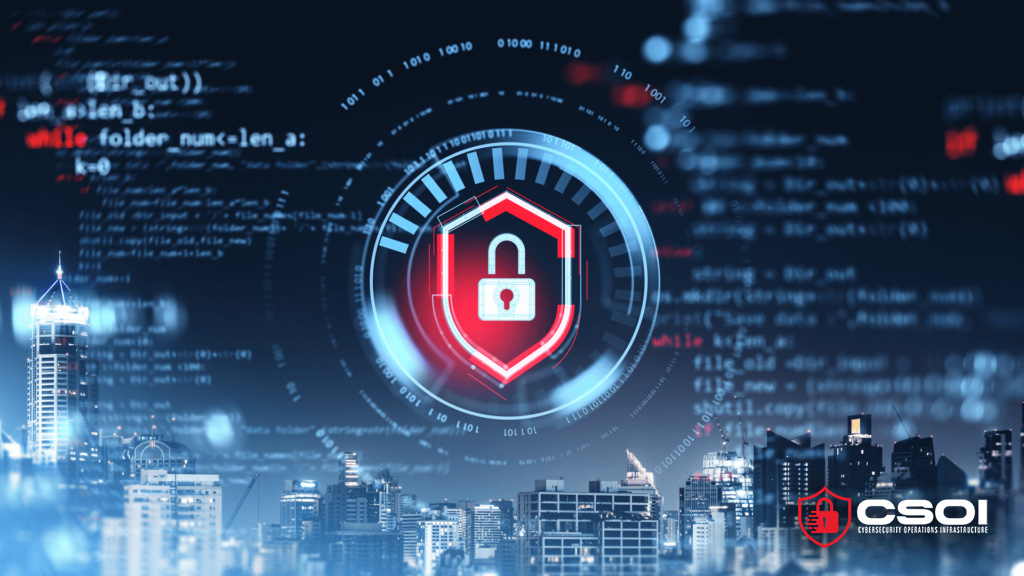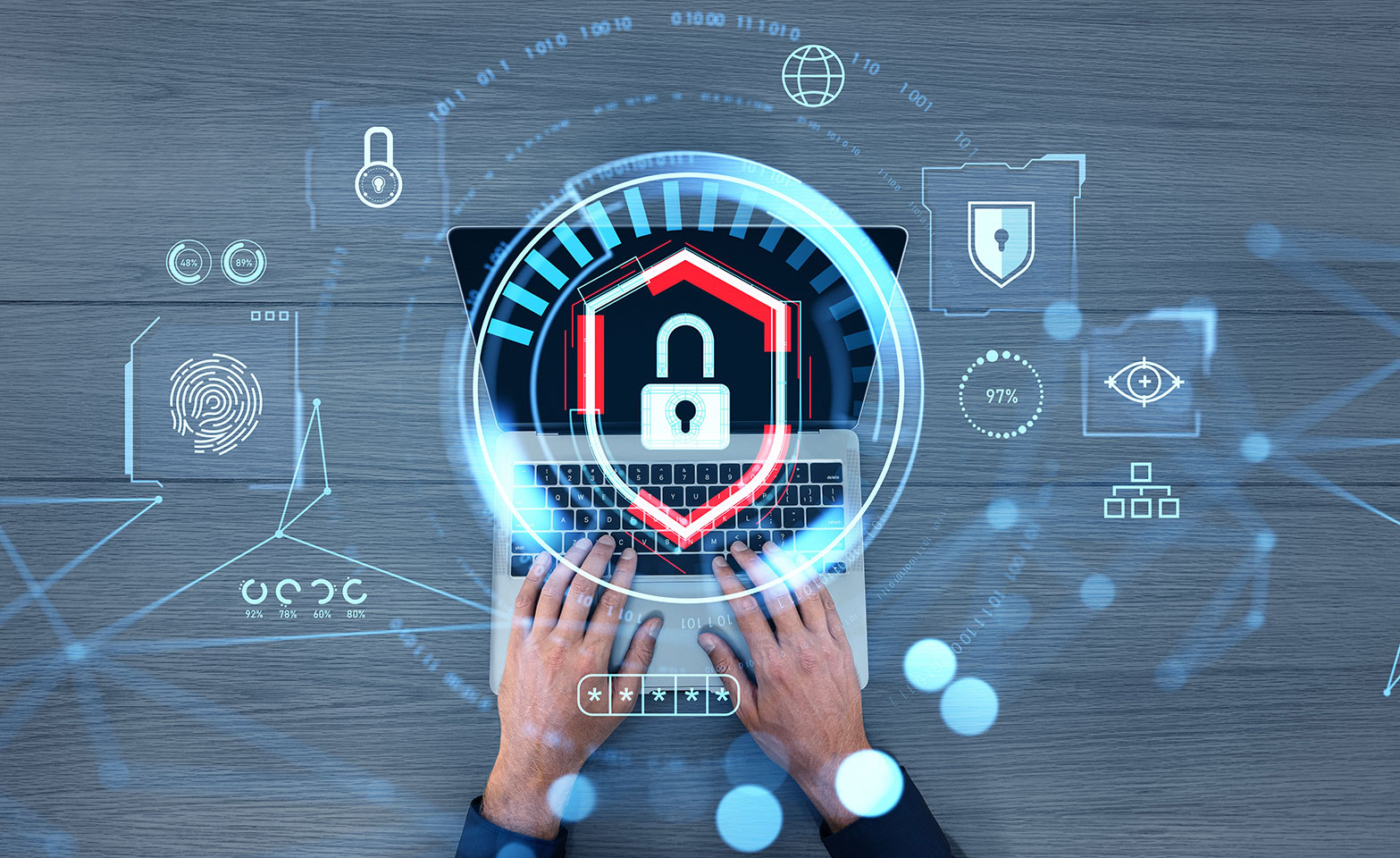Why Zero Trust Matters Now
The cybersecurity landscape has changed. Traditional perimeter defenses are no longer enough to stop attackers who exploit remote access, supply chain gaps, and misconfigured cloud services. Once inside, adversaries move laterally across networks, often undetected for months.
This reality drove the U.S. government to issue Executive Order 14028, requiring agencies to adopt Zero Trust Architecture (ZTA) and modernize legacy security approaches.
Cybersecurity Operations Infrastructure (CSOI) answers this call. Built from the ground up for operations-first security, CSOI delivers Zero Trust tenants that unifies identity-defined networking (IDN), network cloaking, and microsegmentation. Unlike products that bolt on security after deployment, CSOI makes Zero Trust the foundation — protecting government agencies, sovereign tribal nations, utilities, surveillance systems, and enterprises like manufacturing.

What is Zero Trust Security?
Zero Trust Security is a cybersecurity framework that eliminates implicit trust. Instead of assuming anything inside a network is safe, Zero Trust requires continuous verification of every user, device, and workload.
The core principle is: “Never trust, always verify.”
In traditional networks, once a user connects through a VPN or firewall, they often gain wide access. Attackers exploit this implicit trust through phishing, credential theft, or misconfigurations. Zero Trust flips the model:
- Identity replaces location. Access is granted based on who or what you are, not where you connect from.
- Least privilege is enforced. Every user or device only gets the exact access they need.
- Assume breach. Every connection is validated as if the network were compromised.
The Core Principles of the Zero Trust Model
Identity at the Center
Zero Trust requires that every user, device, and workload has a verifiable identity.
- CSOI provisions cryptographic keys for each host, preventing spoofing and impersonation.
- Unlike IP-based trust, identity follows devices across networks and clouds.
Least-Privilege Access
Access is granted only to the resources required, nothing more.
- CSOI enforces policy-defined, device-level access controls.
- This limits exposure and reduces the blast radius if a compromise occurs.
Continuous Verification
Zero Trust isn’t a one-time login. Authentication and authorization are ongoing.
- CSOI continuously monitors device-to-device communications across hybrid environments.
Microsegmentation
By breaking networks into secure zones, Zero Trust prevents attackers from moving laterally.
- CSOI’s microsegmentation stops east-west movement inside OT and IT networks.
Assume Breach
Zero Trust presumes the network is already compromised.
- CSOI cloaks devices so they remain invisible until authenticated.
- Exposed ports disappear, reducing the attack surface by up to 90%.

How CSOI Implements Zero Trust
CSOI goes beyond theory. It operationalizes Zero Trust in ways that are simple to deploy and practical for resource-constrained IT and OT teams.
- Identity-Defined Networking (IDN): Every device is bound to a cryptographic identity instead of an IP address.
- Network Cloaking: Devices stay hidden from scans and reconnaissance until explicitly allowed.
- Policy-Driven Access: Administrators can grant or revoke access with point-and-click simplicity — no complex ACLs or firewall rules.
- Multi-Cloud and Hybrid Support: CSOI identities persist across networks, whether on-premises, cloud, or mobile.
- Compliance Alignment: Built-in support for NIST, DoD, EPA, HIPAA, PCI, and federal mandates.
- Resilience: Designed for one-second failover and rapid recovery, CSOI ensures Zero Trust protection even under attack.
Real-World Applications of CSOI’s Zero Trust Model

Government & Tribal Nations
Government agencies and sovereign tribes face unique challenges — from protecting citizen data to maintaining compliance with NIST and FedRAMP mandates. CSOI enables:
- Secure inter-agency collaboration without reliance on VPN sprawl.
- Data sovereignty protections for tribal nations.
- Compliance alignment with federal Zero Trust strategies.

Public Utilities
Utilities are under siege, with attackers targeting water and energy SCADA systems. CSOI delivers:
- Encrypted, policy-driven access to SCADA equipment.
- Microsegmentation to prevent unauthorized movement inside operational networks.
- Compliance with EPA and DoD security directives.

Surveillance Networks
Modern surveillance systems are internet-connected, making them prime targets for hijacking and ransomware. CSOI helps:
- Cloak IP cameras and IoT devices from public discovery.
- Provide secure, encrypted access to video feeds without exposing open ports.
- Simplify vendor access without complex firewall rules.

Large Enterprises
Corporate networks struggle with mergers, acquisitions, and hybrid workforces. CSOI offers:
- VPN alternatives for secure remote access.
- Seamless integration during M&A activity without VLAN sprawl.
- Identity-based segmentation across users, workloads, and applications.
The Answer
Question: What is Zero Trust Security and how does CSOI deliver it?
Answer: Zero Trust Security is a model that's based around deny-by-default, no implicit trust, while requiring both identity verification and access authorization for every device. CSOI delivers Zero Trust tenants such as deny-by-default through identity-defined networking, device cloaking, microsegmentation, and policy-driven access controls. This reduces attack surfaces by up to 90% and ensures compliance for government, tribal, utility, surveillance, and enterprise environments
Why CSOI is Different from Traditional SD-WAN
Many organizations confuse Zero Trust with SD-WAN or assume one can replace the other. In reality, SD-WAN optimizes performance; CSOI secures operations.
- SD-WAN is performance-first. It routes traffic efficiently and lowers costs.
-
CSOI is security-first. It isolates devices, enforces identity, and cloaks assets.
They can be complementary — SD-WAN handles bandwidth optimization while CSOI ensures Zero Trust protection at the device level.
Zero Trust is no longer optional. It’s the new standard for securing sensitive networks across government, utilities, surveillance, and enterprises. But achieving it requires more than just rebranding old tools.
CSOI makes Zero Trust real. With identity-defined networking, network cloaking, and microsegmentation, organizations can reduce their attack surface, contain threats, and comply with mandates — without ripping and replacing existing infrastructure.




